At first glance, it seems like an almost too simple question. But when we start to peel back the layers, we discover an intricate world of design, function, and materials. We’re stepping into the realm of hinges, folks – a topic that I find exceptionally fascinating. It’s an area that intertwines engineering, aesthetics, and practicality, and it’s about time we shed some light on it.
The answer to “Which hinge is better?” is a complex one, largely dependent on the specific application. Each type of hinge offers distinct advantages and disadvantages. The better hinge is one that best suits the requirements of the door or the window it’s attached to, ensuring smooth operation and long-lasting performance.
Doesn’t this just pique your curiosity? I’m excited to help us dive into this intricate world of hinges. So, let’s get going!
Butt Hinge: The Common Choice?
Butt hinges are perhaps the most common type of hinge that you’re likely to encounter. The typical design involves two leaves that meet in the middle, connected by a pin. This simple, yet effective design provides a full range of motion, making it a versatile choice for many applications, from doors to cabinets.
That being said, the choice of a butt hinge must take into account the size and weight of the door. In some cases, more than two hinges may be required to provide adequate support. Additionally, while these hinges are usually quite durable, they may be prone to rust over time if not properly maintained.
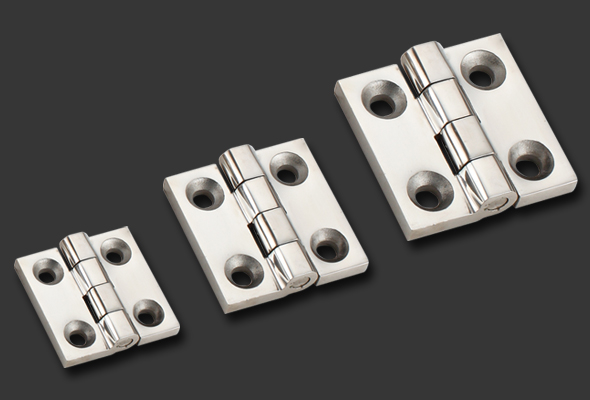
Piano Hinge: Strength over Length?
Piano hinges, also known as continuous hinges, span the entire length of the door, providing a uniform distribution of weight. This can help prevent sagging or warping, especially in heavier doors. Furthermore, their continuous design lends an element of aesthetic coherence, making them a popular choice for certain design styles.
However, piano hinges might be overkill for smaller, lightweight doors. They can also be more challenging to install, especially for the DIY enthusiast, as they require precise alignment along the length of the door. Material choice plays a crucial role too, with brass and stainless steel options offering more durability and corrosion resistance.
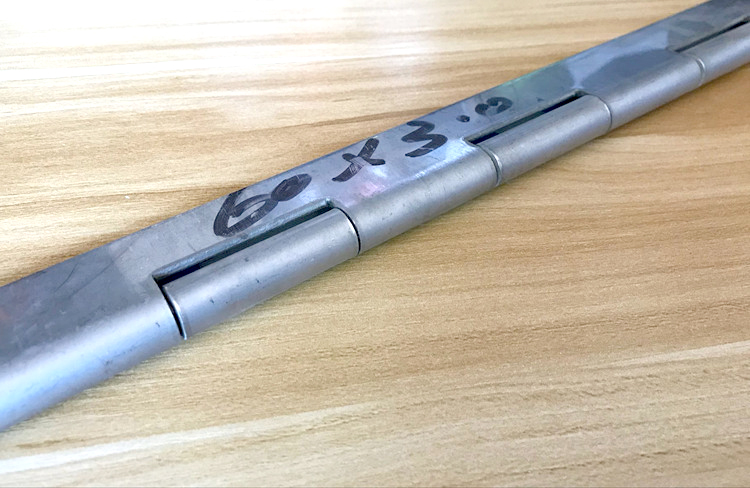
Pivot Hinge: A Stylish Option?
Pivot hinges, as the name suggests, enable the door to pivot rather than swing. This can be a visually striking option, particularly for large, heavy doors. By moving the pivot point away from the edge of the door, these hinges create a smooth, seamless look that can add a modern touch to your space.
On the flip side, pivot hinges require careful installation to ensure the door is balanced and operates smoothly. Furthermore, the door and frame may need to be specially prepared to accommodate the pivot hinge, which could add to the cost and complexity of the project.
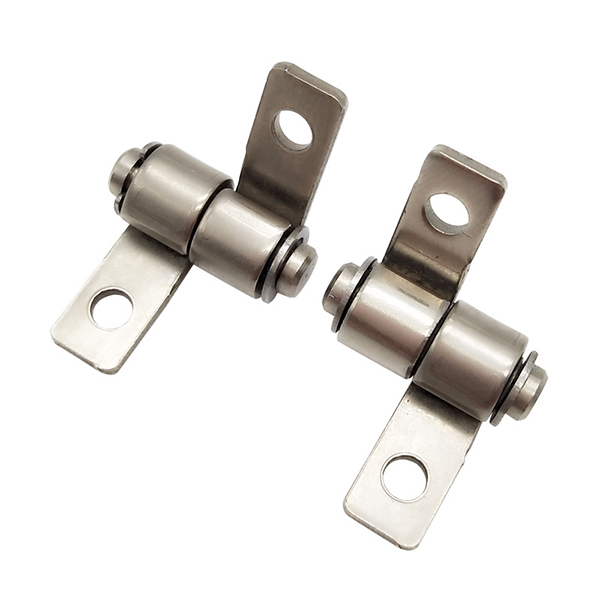
Concealed Hinge: Aesthetics or Function?
Concealed hinges, also known as European or cup hinges, are hidden from view when the door is closed. This offers a clean, minimalist aesthetic that is popular in modern cabinetry. They also allow for easy adjustment of the door alignment, making them a flexible and user-friendly option.
However, concealed hinges can be more challenging to install than other types, often requiring special tools or drilling. While they offer a sleek look, their hidden design may not be suitable for heavy doors or applications where robustness is required.
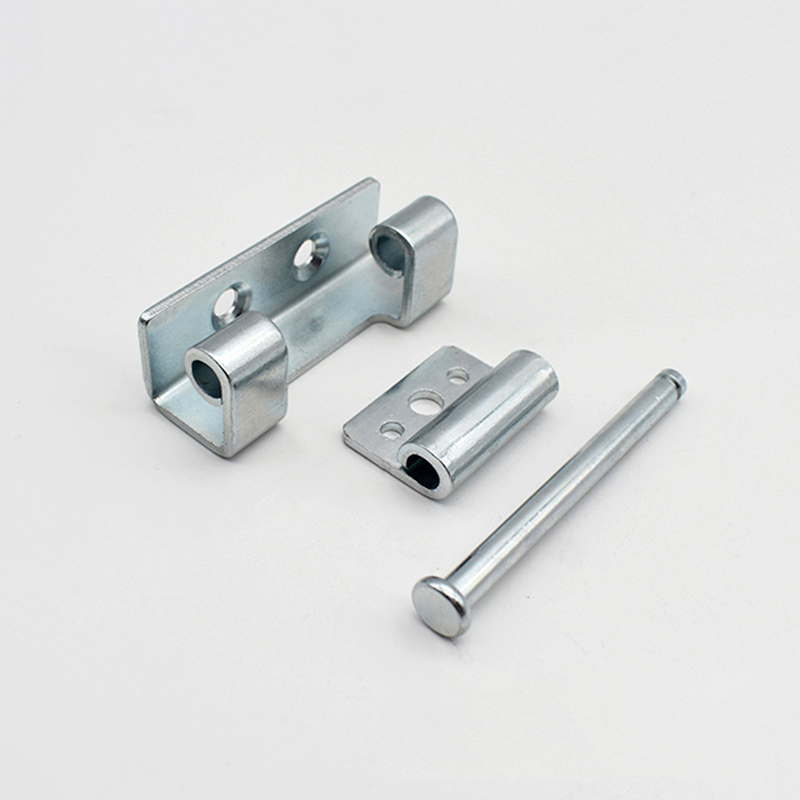
Strap Hinge: Rustic Charm or Functional Necessity?
Strap hinges, with their distinctive long, narrow design, are often used for their aesthetic appeal in rustic or traditional settings. However, they also offer functional advantages, particularly for heavy doors or gates, where their extended length can provide additional support.
While strap hinges can be an eye-catching feature, their exposed design means they require regular maintenance to prevent rust and wear. They may also be less suitable for modern or minimalist designs due to their distinct, ornate appearance.
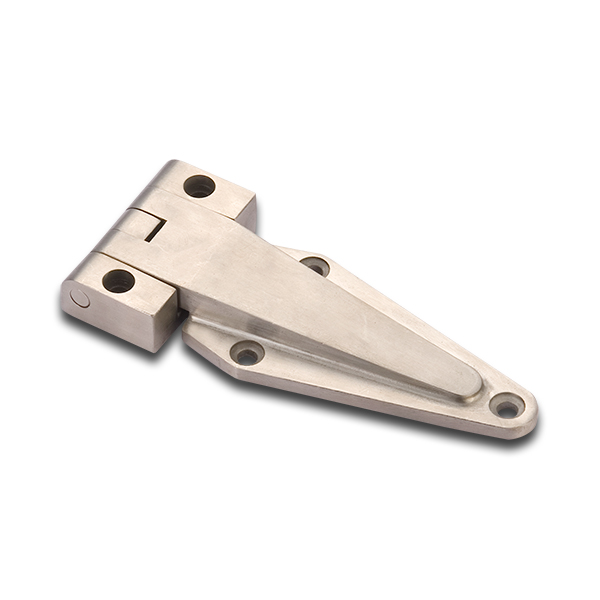
Barrel Hinge: Small but Mighty?
Barrel hinges are small, hidden hinges often used in furniture and cabinetry. Their small size and concealed design make them a discreet choice, suitable for applications where the hinge should not be a focal point.
Despite their compact size, barrel hinges can be quite strong. However, their small size can also be a disadvantage, as they may not be suitable for heavy or large doors. Installation can also be somewhat tricky, requiring precise drilling to ensure a snug fit.
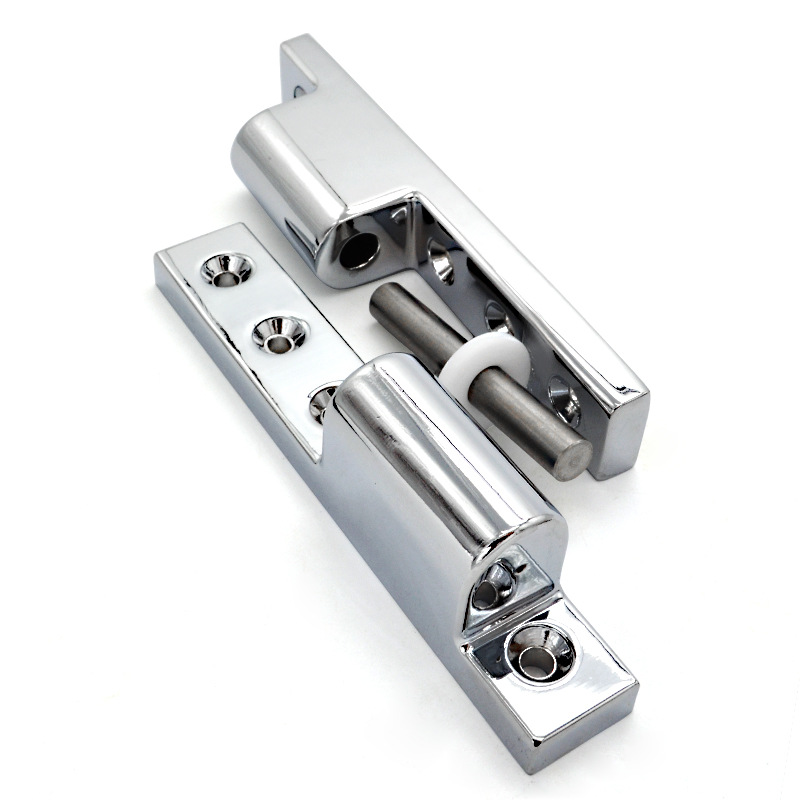
Living Hinge: A Twist on the Traditional?
Living hinges are made from flexible materials, such as plastic or soft metals, and are typically used in lighter applications like lids or small containers. They offer the advantage of simplicity and cost-effectiveness, with the entire hinge being made from a single piece of material.
While living hinges can be a practical choice for specific applications, they may not provide the same level of durability or strength as traditional metal hinges. They’re also less suitable for heavier doors or applications requiring a robust hinge.
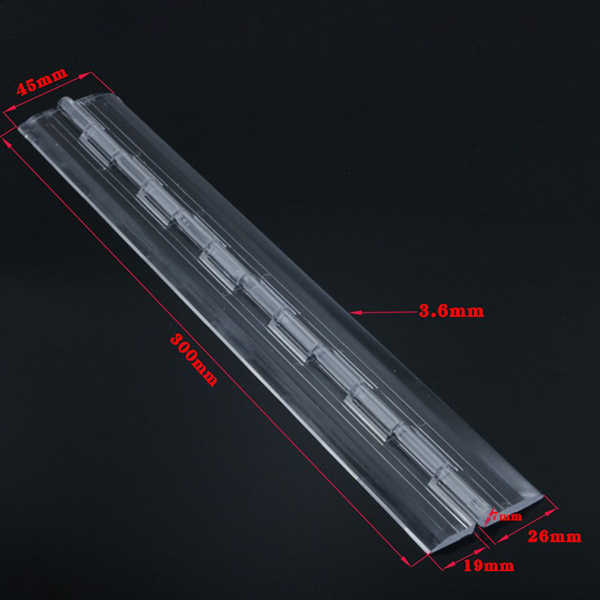
Conclusion
The world of hinges is vast and varied, and the “better” hinge ultimately depends on the specific application. Factors such as the weight and size of the door, the desired aesthetic, and even the environment play a part in determining the ideal hinge. Remember, it’s about choosing the right hinge for the job, not just the most popular or expensive one. So, next time you’re in the market for a hinge, consider your needs carefully and choose wisely.
You might also be interested:




